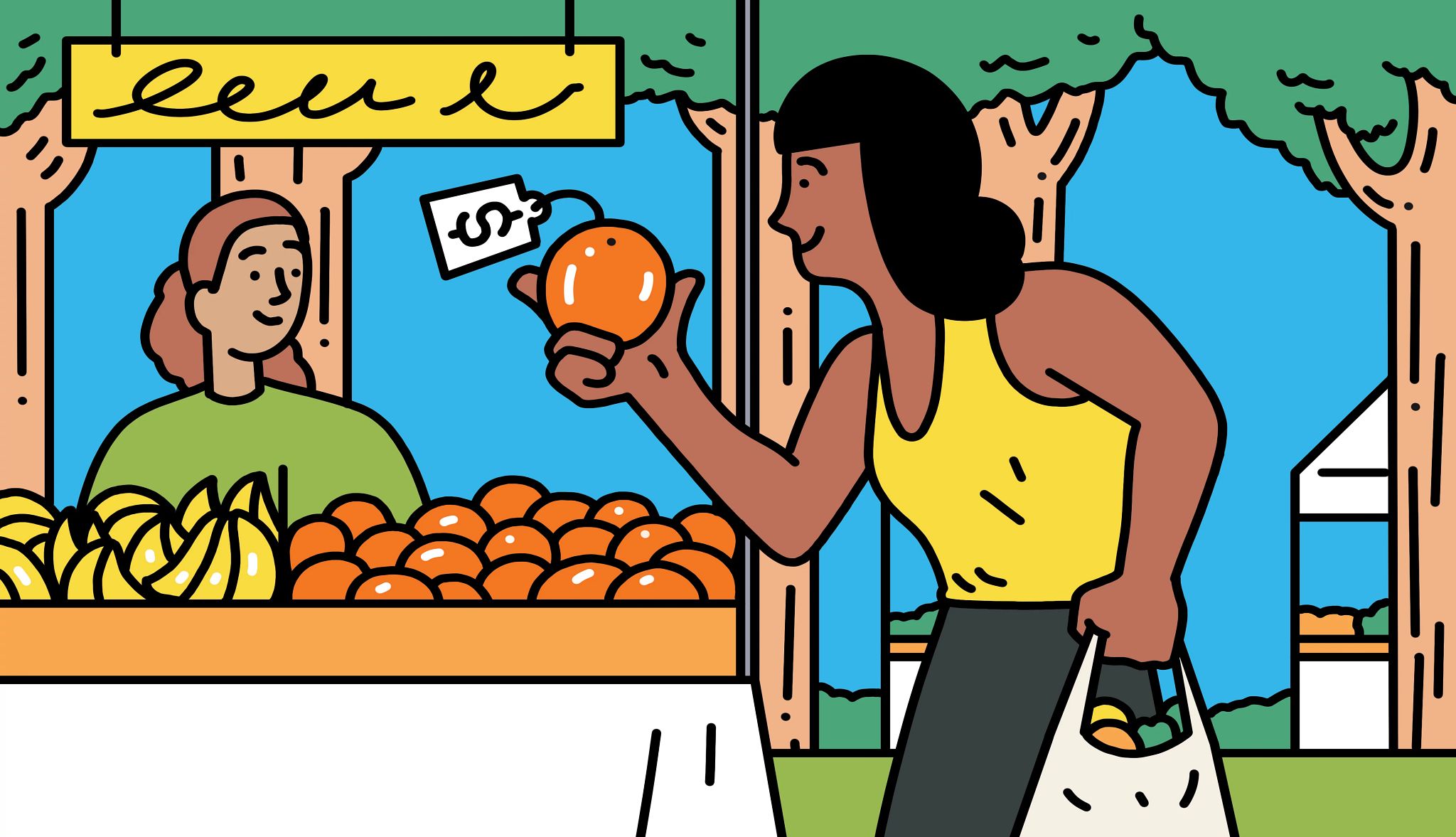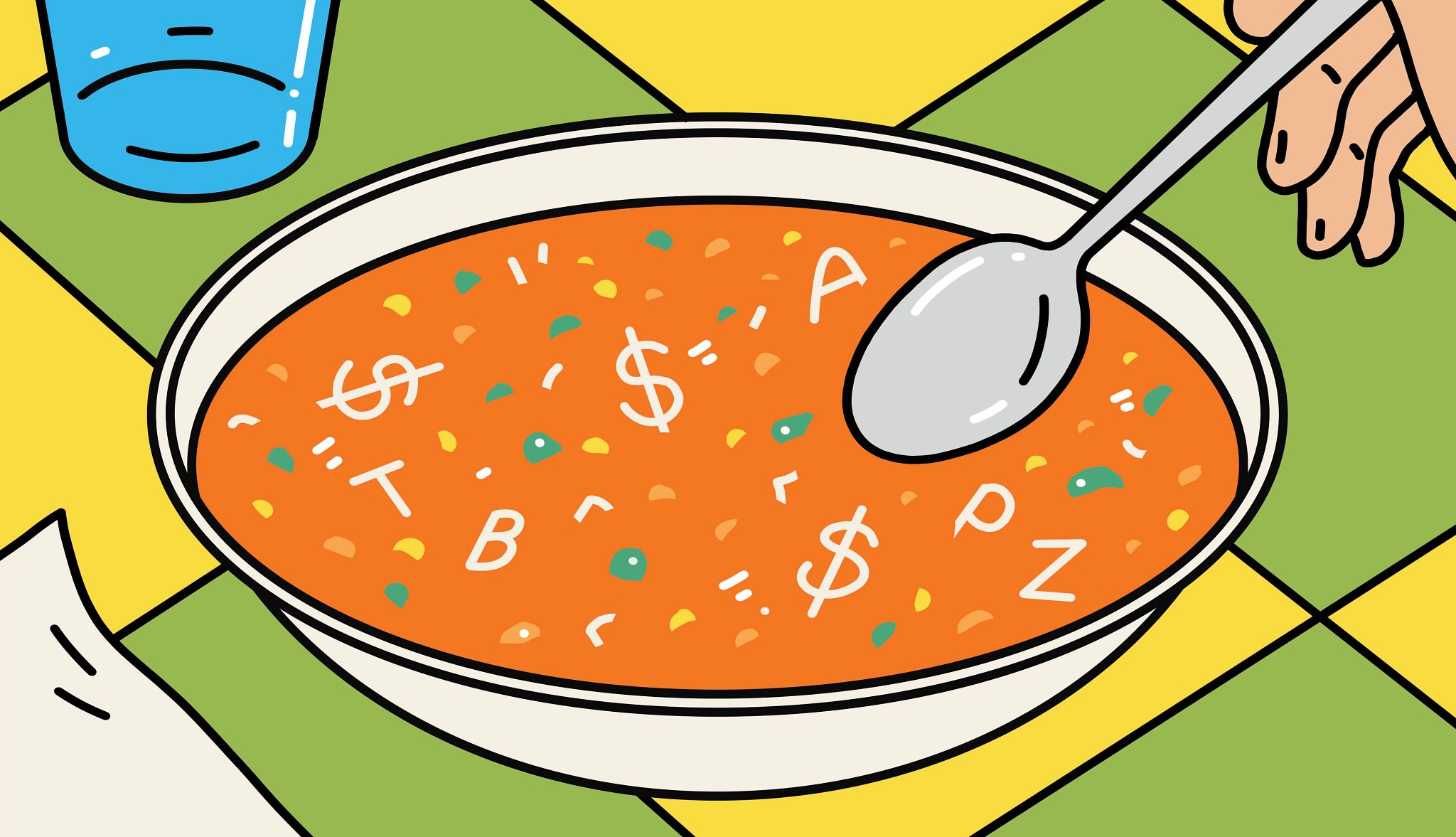AARP Hearing Center


Are grocery expenses busting your budget? You’re hardly alone.
Two-thirds of Americans say they are very concerned about the price of food and consumer goods, an April Pew Research Center survey found. In a separate Pew poll conducted in February and March, 9 out of 10 U.S. adults said healthy food has gotten more expensive in recent years.
And with tariffs on a variety of food imports putting pressure on supermarkets nationwide, even steeper price hikes at your grocery store could be on the horizon.
Help is out there, though, if you know where to look. From low-priced mystery meals to deep grocery discounts, here are 11 ways to ease the squeeze on your food budget.
1. Grab a $5 mystery dinner.
Scoring end-of-day deals at bakeries or produce markets can help cut costs, but they’re often hit-or-miss. Technology can take the guesswork out of this bargain-hunting strategy.
“Discount food apps save you money, time, and keep perfectly good food from going to waste,” says Caitlin Self, a certified nutrition specialist at frugalnutrition.com, a site for affordable, healthy recipes.
She points to apps like Olio, Flashfood and Too Good to Go, which connect users with restaurants, grocers and bakeries looking to offload unsold food instead of trashing it. For example, Too Good to Go recently offered a $36 “surprise bag” from a Whole Foods in my area for just $5.
Caveat: Oftentimes, you have to pick up the food within a 30- or 60-minute window (or assign someone else to grab it for you during that time frame).
2. Take a free cooking course — and leave with groceries.
The Cooperative Extension is a nationwide network of educators connected to state universities that offers free courses — including cooking classes — in every U.S. state and territory. Attendees can learn useful skills like knife techniques (such as slicing and dicing), understanding nutrition labels and safe meal prep. Many classes send participants home with a bag of fresh produce — and sometimes even a new chef’s knife.
“You’re building the skills to cook from scratch, getting some food and meeting people,” says nutritionist Katie Dodd, who runsThe Geriatric Dietitian, a blog that offers nutrition tips to caregivers of older adults. “It’s a wonderful resource.”


3. Utilize farmers market vouchers.
If you are age 60 or older and your household income does not exceed 185 percent of the federal poverty level (for most of the U.S., that’s around $3,151 a month for a two-person household), the Senior Farmers’ Market Nutrition Program (SFMNP) offers coupons of up to $50 a year valid at select farmers markets, roadside stands and community-supported agriculture (CSA) programs. CSAs consist of farms that offer consumers regular deliveries of locally grown produce.
The SFMNP is administered at the state, territory, tribal or local level. Contact your local SFMNP agency for more information.



































































More From AARP
13 Smart Tips for Online Grocery Shoppers
More older adults are getting food delivered to their doorstep
11 Technology Changes Coming to Grocery Stores
Grocery tech innovations enhance shopping experienceHow to Shop Smarter at the Grocery Store
42 ways to maximize your next trip to the supermarket